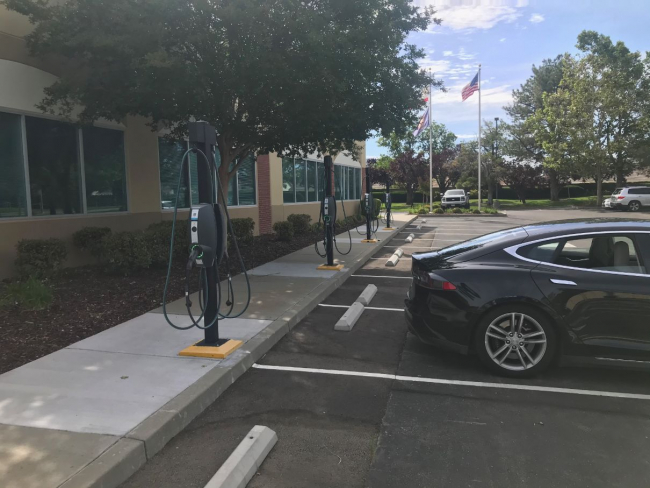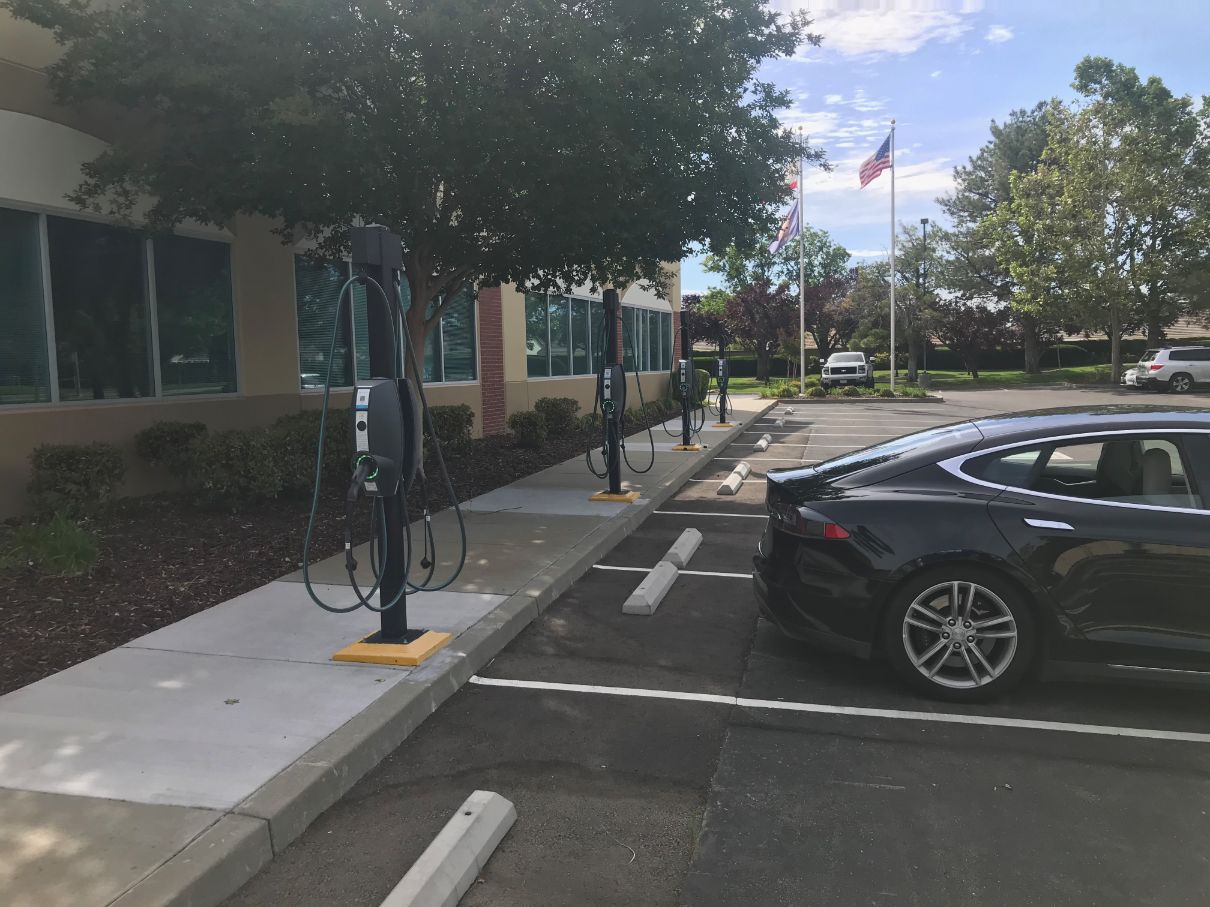Installing an EV Charging Station is not a DYI job so you will need a knowledgeable electrician and the right charging station. Permits are required for EV Charging station installations and many municipalities require detailed drawings and load calculations.
First, however, we need to be familiar with some of the terminology. The unit installed on your garage wall is not actually a “charger,” although it is commonly called that. Modern electric cars actually have charging units built-in.
The unit on the wall is called “Electric Vehicle Supply Equipment” (EVSE). If you’re looking to install something to charge your electric car in your garage, carport, or elsewhere, a “charging station” or EVSE is what you want.







